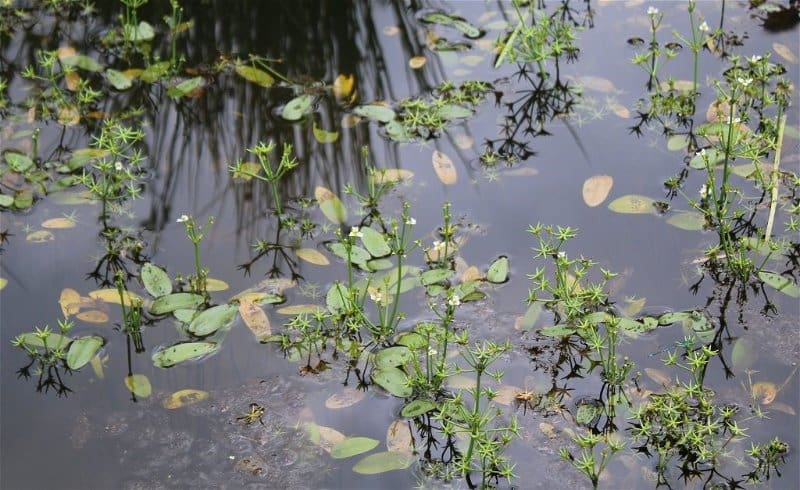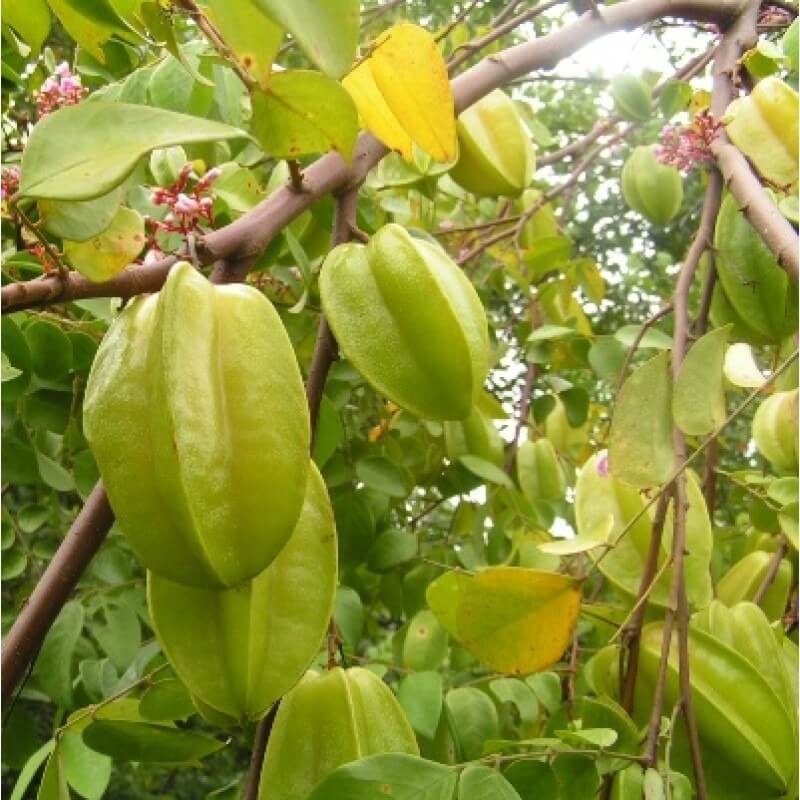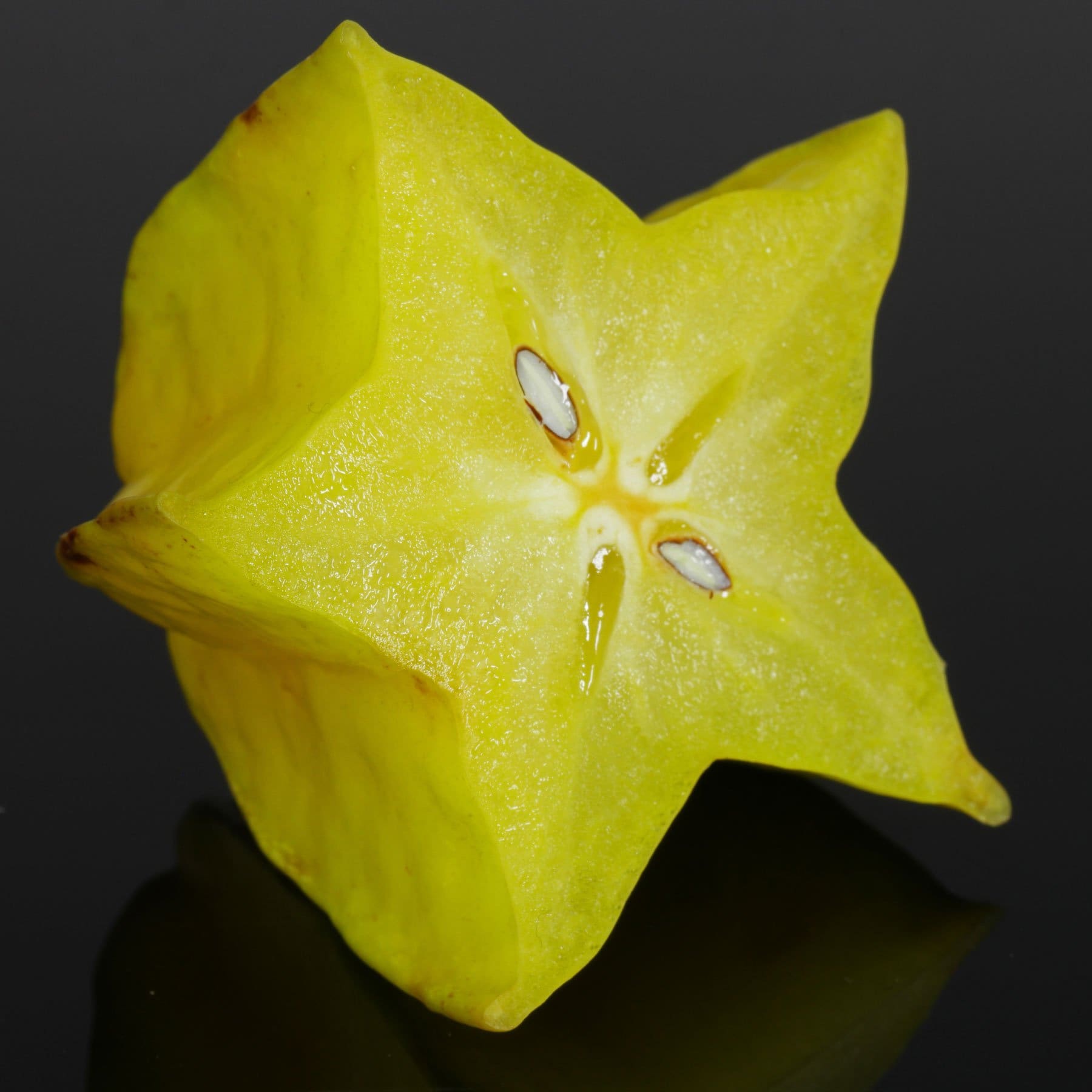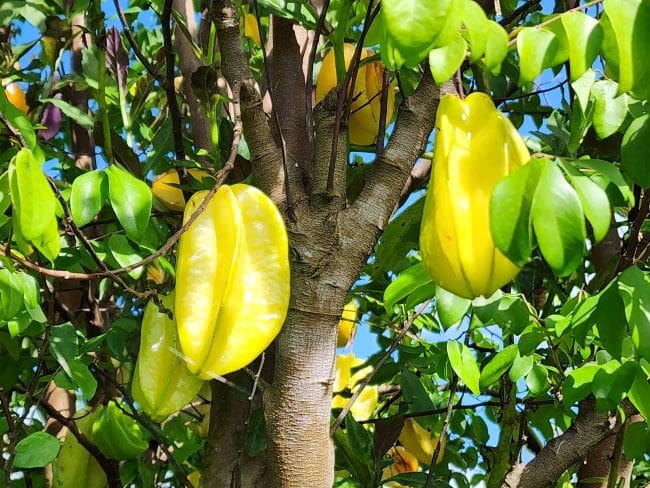In this discourse on botany, you will acquaint yourself with the aquatic plant European Starfruit. Native to Europe and parts of Asia, this remarkable plant species thrives in aquatic environments, most notably ponds and calm creek beds. Your exploration will span the morphology, habitat, reproduction, and the significant roles it plays within diverse ecosystems. The knowledge imparted will invite you to regard the European Starfruit from a comprehensive lens, from its unique star-shaped rosette design to its contribution to maintaining healthy aquatic ecosystems.

Definition of European Starfruit
Scientific name and classification
The European Starfruit, scientifically known as Damasonium alisma, belongs to the Alismataceae family. This species is a charismatic aquatic plant native to Europe and often seen as a beautiful addition in many aquatic environments.
General description
This aquatic perennial has notably star-like almond-shaped fruits, from which it gets its common name. European Starfruit is a compelling species with characteristically white flowers, which generally bloom during the summer months. This plant adds a dash of appeal to its surroundings. Moreover, its unique form is seen as an attraction in water bodies where it is present.
Habitats of European Starfruit
Typical locations in Europe
European Starfruit thrives in temperate regions across Europe. Particularly, it can be commonly found in countries like France, England, Ireland, and parts of Northern Europe.
Natural habitat conditions
This appealing species thrives best in still waters comprising fresh ponds, stream margins, ditches, and lake shores. It provides a picturesque sight in the waters, especially known for its star-shaped fruit and radiant white flowers.
Environmental preferences
European Starfruit prefers nutrient-rich, alkaline to neutral, and low saline water bodies. It is well-adapted to mud or silt-based substrates and requires full sunlight to grow at its best.

Physical Characteristics of European Starfruit
Shape and structure
The European Starfruit grows tall and can reach up to 60cm in height. Its submersed leaves are narrowly ribbon-shaped while the floating leaves are broadly ovate with heart-shaped bases. It harbors an array of radiant white petals forming a flower that accentuates its overall appeal.
Size
As a mature plant, the European Starfruit can grow up to 60 centimeters tall. Its flowers’ size varies, usually 1-1.5cm across, whereas its fruit measures about 1.5-2cm.
Color
European Starfruit has distinctive green leaves, flowering stems, and radiant white flowers that promote a vibrant contrast to its environ. Its fruits range in color from a green to brownish hue.
Special traits
One unique feature of the European Starfruit is its star-shaped fruit that range in color from green to brown as they mature. It grows from a brightly colored white flower, which further adds to its visual charm.
Growing Conditions for European Starfruit
Temperature requirements
European Starfruit depends on temperate climates for optimal growth. It is particularly tolerant of cool temperatures and does not thrive well under hot conditions.
Light requirements
This aquatic species is light-loving and needs full sunlight exposure to grow adequately. Any shaded environment may hinder its growth and development.
Water requirements
As an aquatic plant, European Starfruit has high water requirements. Whether it’s its natural habitat or an artificial water body, the water level needs to be maintained for the plant to survive.

Reproduction and Growth of European Starfruit
Methods of reproduction
European Starfruit typically reproduces through seeds which are dispersed by water currents for germination. The plant also produces a massive number of seeds, increasing its chances of reproduction and survival.
Growth process from seed to mature plant
The growth process of European Starfruit is quite interesting. Its seeds germinate in water bodies, and then the seedlings anchor themselves into the mud or silt substrate. The plant then grows steadily, reaching maturity and blooming during the summer.
Typical lifespan
European Starfruit is a perennial species and can live for several years, depending upon the environmental conditions. However, under optimal conditions, it can survive and continue to enchant the surroundings for up to five years.
Uses and Benefits of European Starfruit
Uses in aquariums
European Starfruit, due to its pleasing appearance, is used widely in aquariums and water gardens. It is popular among aquarists who appreciate its aesthetics and its hardy nature.
Uses in water gardens
Apart from aquariums, European Starfruit is a popular choice for water gardens where its white flowers and star-shaped fruits bring a captivating charm.
Ecological benefits
From an ecological standpoint, European Starfruit offers habitat and nursery grounds to various aquatic organisms. It aids in maintaining water quality by absorbing excess nutrients. Its presence also helps reduce erosion from water bodies’ margins.

Potential Hazards and Dangers of European Starfruit
Safety considerations for humans and pets
Generally, European Starfruit does not pose a direct threat to humans and pets. However, it is advisable not to ingest this plant as it may cause mild discomfort.
Potential to become invasive
Given its massive seed production and ability to propagate quickly, European Starfruit holds the potential to become invasive in certain environments, particularly those outside its native range.
Interactions with native species
European Starfruit can, in large numbers, out-compete native aquatic plant species for space and resources, thus threatening biodiversity. Effective management is key to ensuring that this species doesn’t become detrimental to native ecosystems.
Conservation Status of European Starfruit
Current conservation status
European Starfruit is currently not threatened, and its conservation status is listed as “Least Concern” by most conservation authorities. However, localised threats may still persist.
Threats and challenges
The most significant challenges for the conservation of European Starfruit are maintaining ideal habitat conditions and mitigating any potential invasive risks it poses to areas outside its native range.
Conservation efforts
Numerous efforts are underway to conserve this beautiful plant. Key initiatives include habitat protection, the implementation of effective management strategies in areas where the plant has spread uncontrolled, and the cultivation of European Starfruit in controlled environments to maintain its numbers.

Cultural Significance of European Starfruit
Role in folklore and tradition
While the European Starfruit doesn’t hold noticeable folklore or traditional importance relative to other flora, it is extensively appreciated for its unique beauty in water bodies across Europe.
Symbolic meanings
Its radiant white flowers combined with peculiar star-shaped fruit symbolize purity and light in some cultures and are seen as a beacon of natural charm in water bodies.
Interesting Facts about European Starfruit
Unusual traits or behaviors
The most unusual trait of the European Starfruit is its star-like fruit that turn from bright green to brown as they mature. This surreal transformation is a visual treat for botany enthusiasts.
Significant historical events or figures associated with European Starfruit
While there are no significant historical events or figures associated with the European Starfruit itself, it has been recognized and appreciated in various botanical and horticulture circles for its unique aesthetic appeal across the ages. The European Starfruit continues to charm botanists and plant lovers with its distinct look and fascinating growth habits.